Shanghai is China’s modern, pulsing heart. It’s home to millions of people, and as the economic center of the country, home to billions more dollars and yuan. Aside from being an economic powerhouse, Shanghai is also mainland China’s most international city. It’s one of the few places outside of Hong Kong where you’ll find someone who speaks English. Shanghai is one of China’s most visited cities, and is loaded to the brim with must-see tourist attractions.
In fact, there are more than enough things to do in Shanghai to keep you busy for longer than it takes the city to construct a new subway line. All these factors combine to not just make Shanghai one of China’s most fascinating cities. It’s also an excellent place for first time visitors to ease their way into the beguiling nation of modern China. Here are ten attractions get you started on your journey to the “Pearl of the Orient.”
The Bund: Shanghai’s most popular tourist attraction
Yes, yes, I know. Every single guidebook, blog post and random person on the street is going to tell you to visit the Bund. It’s worth a visit even if you are one of those hipster tourists who is only reading this blog post to learn what to avoid. The Bund is pretty cool, and it’s the only place to get that iconic view of the Shanghai skyline.
“What is the Bund?” you may be asking yourself. It certainly is an unusual sounding word. The word actually comes from Hindustani, meaning dam or embankment. We can thank British imperialism and the Opium Wars for bringing a Hindustani word to China. In Chinese it’s known as “外滩” or “Waitan.”
A large part of the Bund is made up of historic buildings that wouldn’t look out of place in New York or Chicago. The art deco former headquarters of numerous banking and finance companies line the road across from a wide riverside pedestrian area. Looking across the Huangpu River, you can get a glorious view of the cyber punk Shanghai skyline that towers over the city.
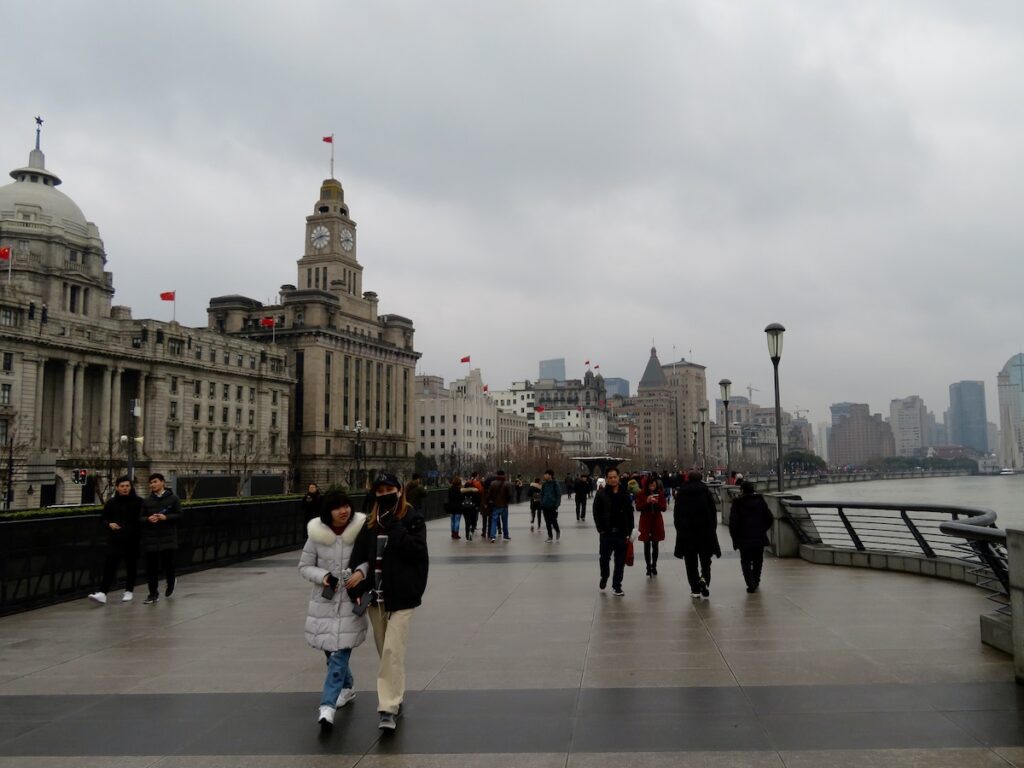
The area around the Bund is full of wonderful places to explore. To the north stands the brutally Stalinist Monument to the People’s Heroes. Avoid East Nanjing Road. It’s a pedestrian shopping street that’s full of western chain stores, overpriced tourist restaurants, and an army of female scammers preying on single western men. Instead, make your way to the maze of hundred-year-old buildings, charming shops and photo opportunities that line the side streets of downtown Shanghai.
Just make sure you come back to the Bund at night. After dark the skyline lights up with brilliant LED colors like something out of Blade Runner. It’s a strangely beautiful monument to post-modernity, and also kind of a waste of electricity. But it’s fun.
You can reach the Bund by metro line 2 or 10. Get off at East Nanjing Road.
Yu Garden: The classic classical garden
Yu Garden, aka Yu Yuan, aka Yu Yuan Garden, is located a few blocks away from the Bund. It’s another one of Shanghai’s must visit attractions. Barack Obama even went and had tea there. The garden dates back to the Ming Dynasty, and makes a nice contrast to the towering steel and glass.

Like all classical Chinese gardens, Yu Yuan is filled with long, meandering paths that flow alongside streams and koi ponds. Strange, twisting rock formations mimic China’s weatherworn mountains and are surrounded by plants and flowers. Ancient pagodas, halls and pavilions transport your imagination to Imperial China’s fading glory days.
This isn’t the sort of place to rush. Take your time and soak up the atmosphere as much as you can. But be warned: Yu Garden is quite crowded. Really crowded, mainly with Chinese tourists who like to dress up in ancient outfits for their garden photo shoots. Don’t expect to get any photos of your own without a gaggle of middle-aged Chinese women in the background.
I think you can skip Yuyuan Bazaar, which is a touristy commercial complex just outside the garden. There are better places to buy cheap, tacky souvenirs. At least the garden itself is authentic enough to distract from the crowds. But, if you want a more off the beaten path alternative, consider visitng Qiuxia or Guyi gardens. They’re harder to get to, but far less busy.
However, Yu Yuan Garden is still worth it, in my opinion. Once you get used to all the other tourists, you can learn to flow with the crowds like a mountain stream.
You can reach Yu Garden via the aptly named Yu Yuan station on metro lines 10 and 14.
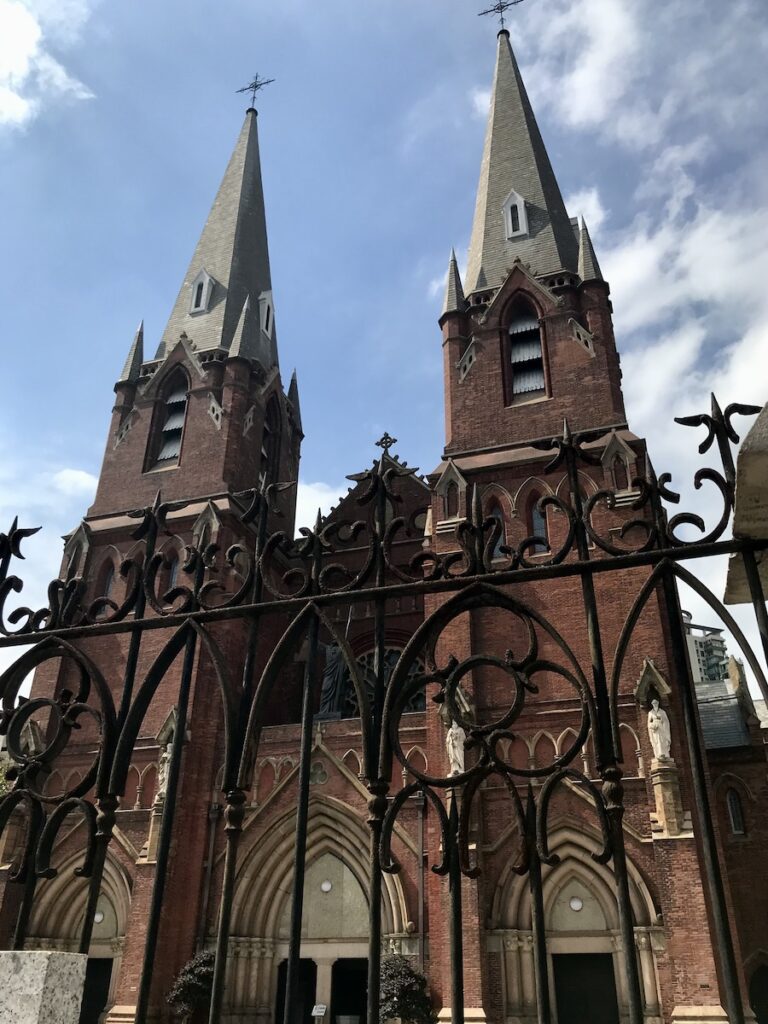
The Former French Concession: an elegant monument to colonialism
The Former French Concession isn’t an attraction in itself. It’s one of Shanghai’s many neighborhoods, encompassing a large section of the city just outside of downtown. The territory was formerly under French control, and the influence shows.
You won’t hear much of the language of Voltaire these days, but the French Concession is probably the best place in China to buy a baguette. Trees line the streets and the architecture is a fascinating blend between French and Chinese traditions. Coffee shops and small boutique clothing stores sit next to noodle shops and dumpling stands. This is the area where China’s hip young professionals rub elbows with snooty expats.
The Former French Concession is also full of history. It’s where the Chinese Communist Party held its first national congress, and once once a hotbed of radicalism and the avant garde. Somewhat ironic, considering how wealthy the area is today. It’s also the only place in China I’ve been able to find a decent box of American breakfast cereal.
There are numerous metro stations in the French Concession. Xintiandi Station is served by lines 10 and 13, or you can ride the 13 to Middle Huaihai Road. You can also take lines 1, 9 or 11 to Xujiahui Station.
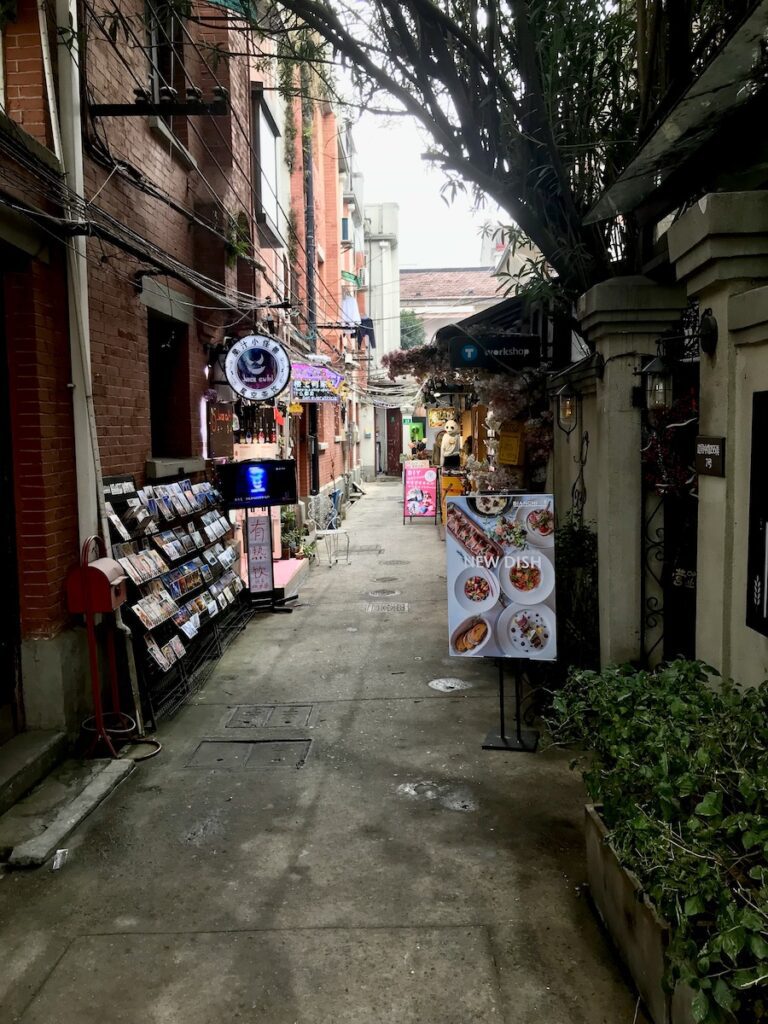
Tianzifang: Shanghai’s best place to get lost
Tianzifang is very touristy. Yet, for some reason, it’s far less annoying than East Nanjing Road or Yuyuan Bazaar. There’s something enduringly appealing about Tianzifang’s winding labrynth of century old brick buildings tucked away in narrow alleys. The buildings are once again a combination of Chinese and Western styles. The shops sell cheap souvenirs, but you’ll also find artisanal toy stores and some surprisingly decent restaurants. In fact, Duojie Lamu might be the best Tibetan food this side of Shangri-La.
Just be warned, you may have trouble finding it. I’ve gotten lost in Tianzifang numerous times. At least it’s fun finding your way.
Tianzifang sits just south of the Former French Concession. Take line 9 and get off at Dapuqiao Station from Exit 1.
The Oriental Pearl Tower: a tourist attraction straight out of Futurama
The Oriental Pearl Tower might be the most iconic building in Shanghai’s skyline. It’s also one of the city’s key tourist draws. The building, if you can call it that, looks like something from the cover of a 1950s sci-fi novel. It’s pretty amazing, if you’re into that sort of thing. Inside, there’s a small museum about Shanghai’s history. You can also take an elevator to the observation deck. The views aren’t as impressive as those you get from some taller skyscrapers nearby, but they’re still very pretty.
The Oriental Pearl Tower sits across from the Bund in Pudong. You can reach it by taking metro line 2 to Lujiazui.
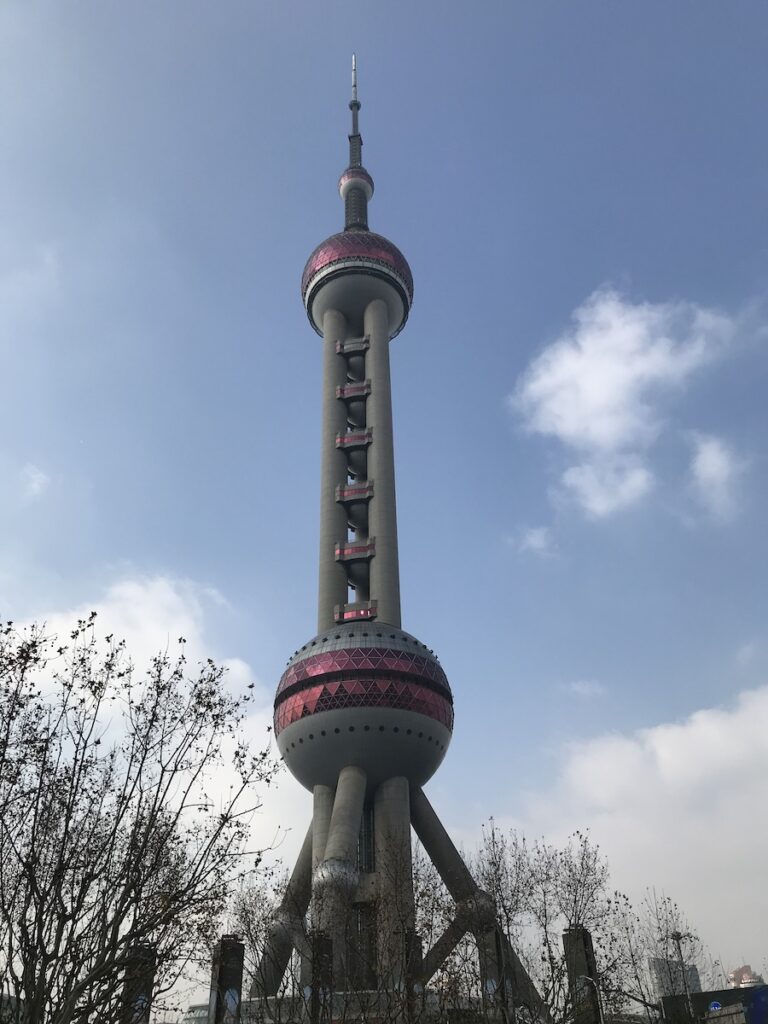
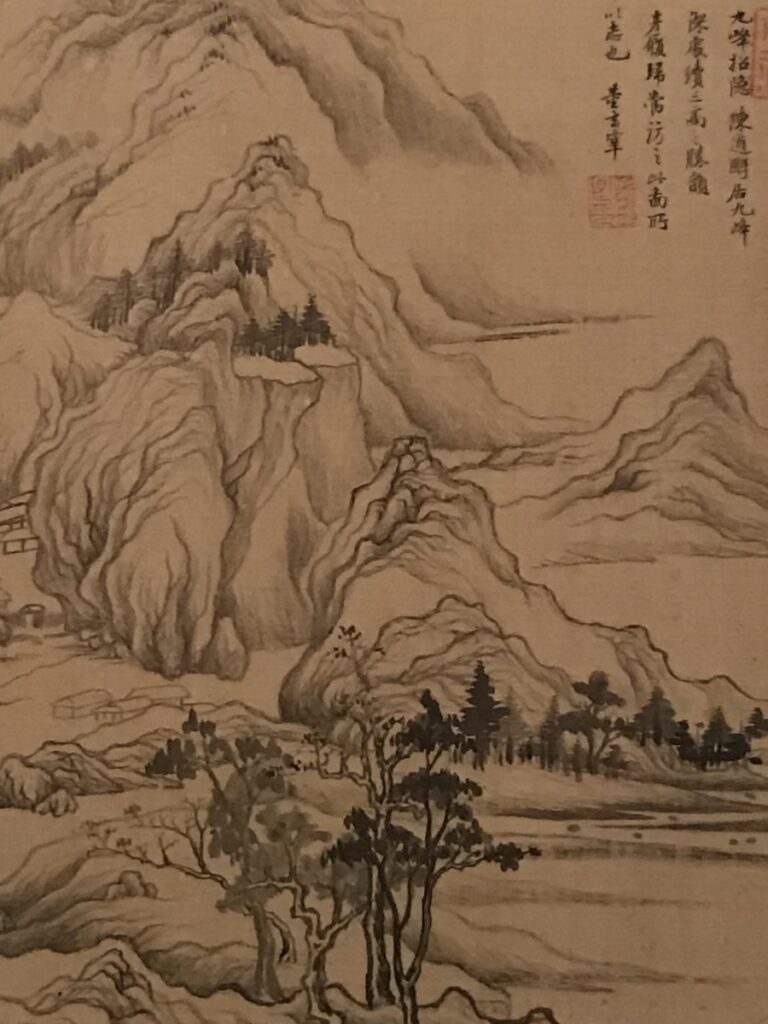
The Shanghai Museum: the best place for lovers of ancient Chinese art
Shanghai is full of museums. Many more than you’d expect for a city famous for its commerce and industry. The crown in Shanghai’s museum crown has to be the Shanghai Museum. Despite being way down at number six on this list, it’s one of the first attractions you should check out during your visit to Shanghai.
The Museum building itself is a sort of evil looking cement structure in the middle of People’s Square Park. Inside, there are multiple floors full of ancient Chinese artwork. You’ll find hand painted scrolls, sculptures, carvings, paintings and even an entire room dedicated to the art of Chinese stamps and seals.
The museum isn’t too far from the Bund. Otherwise, you can take metro lines 1, 2, and 8 to People’s Square station. If you like more information, check out the official website.
The Power Station of Art: the best place for lovers of modern Chinese art
Once you’ve had your fill of ancient scrolls and carvings, it might be time for something a bit more modern. The Power Station of Art is Shanghai’s major modern art museum, and a must visit attraction for art lovers.
The museum itself is in an old power plant near the West Bund along the Huangpu River. Hence the name. The exhibits are constantly rotating and changing, and obviously there’s some variation. How much you enjoy the museum really depends on what’s on display when you go. You can check what’s on at the official website.
I’ve been to the museum numerous times, though. The majority of the time, I’ve seen something interesting and unexpected. Some of the exhibits have been surprisingly edgy, considering this is a state run museum in China. There was one particularly impactful and politically charged display by a Venezuelan photographer, for example.
The Power Station of Art isn’t directly on any metro lines. You can take lines 4 or 8 and get off at South Tibet Road. Then you’ll have to walk towards the river the rest of the way until you see a big building that looks like an old power plant.
The East and West Bund: the other Bunds
Down the river, south of the Bund, the city of Shanghai has been developing both the east and west banks of the Huangpu River. Once dingy industrial areas are now sparkling new public spaces, full of sculptures, parks and lots of bike paths. Both sides are great for biking or just taking an evening stroll.
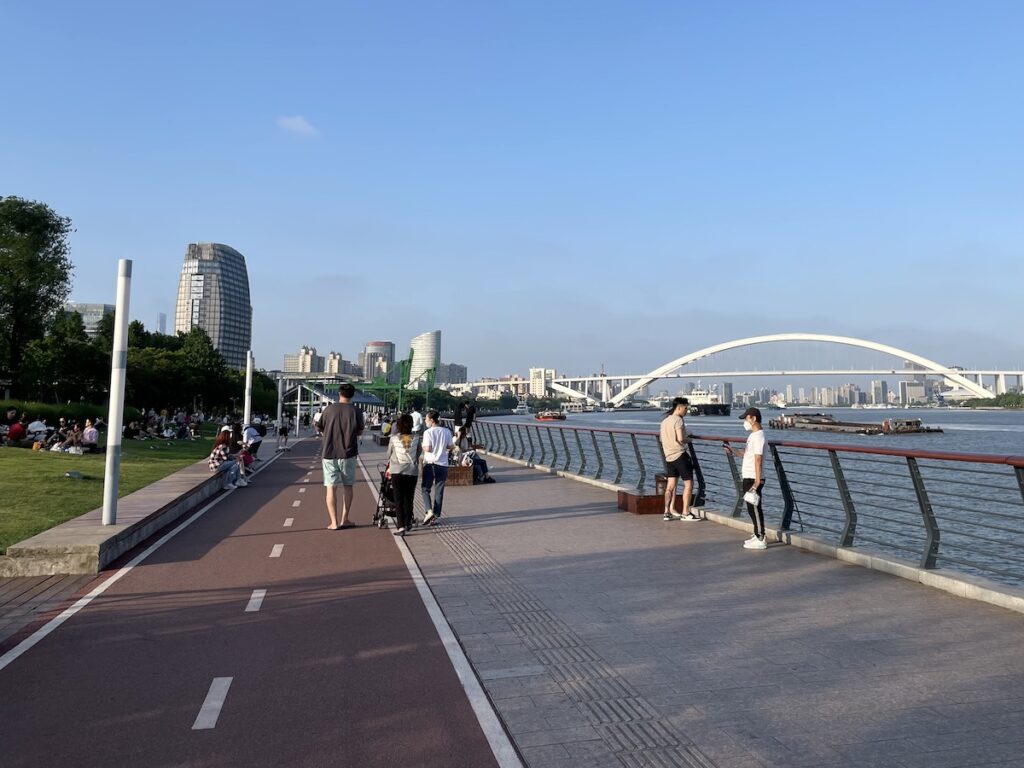
The East Bund is on the Pudong side and is the newer of the two. It also has a lot more greenspace, with numerous lovely parks to wander around and public sculptures to ogle. The West Bund is all concrete and steel, but is a bit more popular and lively. This is where you’ll find the Power Station of Art. It’s also a hotspot for teenage Chinese skateboarders to practice their ollies and kickflips while old men practice the saxophone nearby.
Both Bunds are great places for a walk, and are a little bit off the beaten path as far as Shanghai attractions go. You’ll mostly spend your time amongst the locals here.
The West Bund stretches along metro line 4. You can reach it via Luban Road, South Xizang Road or Nanpu Bridge. You can also take line 8 to South Xizang. Line 13 will take you to the World Expo Museum stop. You’ll need to walk towards the river side from all these stops.
The East Bund is accessible via line 8 to the China Art Museum stop, or from Shibo Avenue on line 13.
Both East and West Bund meander along the river side throughout the whole city. If you enjoy long walks, you can make it all the way to or from the main Bund or the skyscrapers of Lujiazui.
Xiao Long Bao: The Shanghai attraction you can eat
Maybe this one is cheating. Can you count food as a must-see attraction? Maybe we’ll call it a ‘must-eat’ attraction instead.
Xiao Long Bao are Shanghai’s signature dish. They’re delicious steamed dumplings filled with pork and broth. You have to take care eating them, since the broth can burn your mouth. I’ll admit, eating Xiao Long Bao is an art I never quite managed to master. They’re still delicious.
Any Shanghainese restaurant will have them. Look on the menu for the Chinese characters “小笼包”.
Take a day trip Suzhou or Hangzhou: when you’ve gotten sick of Shanghai.
I hate it when travel blogs tell you to leave a city as part of their list of things to do in that city. Especially when the city is as bloated with things to do as Shanghai. I’m going to do it anyway. Hangzhou and Suzhou are too great to miss, and China’s high-speed rail is so cheap and efficient. It’d be a shame to miss out on visiting either of these neighboring cities.
Hangzhou is about an hour away from Shanghai by rail. It’s famous for the amazingly scenic West Lake and the gorgeous green tea fields. The trip to Suzhou takes about a half an hour. It’s famous for its classical gardens and its canals.
Both cities are well worth visiting, but if you only have time for one, I’d say head to Hangzhou. Maybe I’m just a sucker for photogenic lakes and green hills.
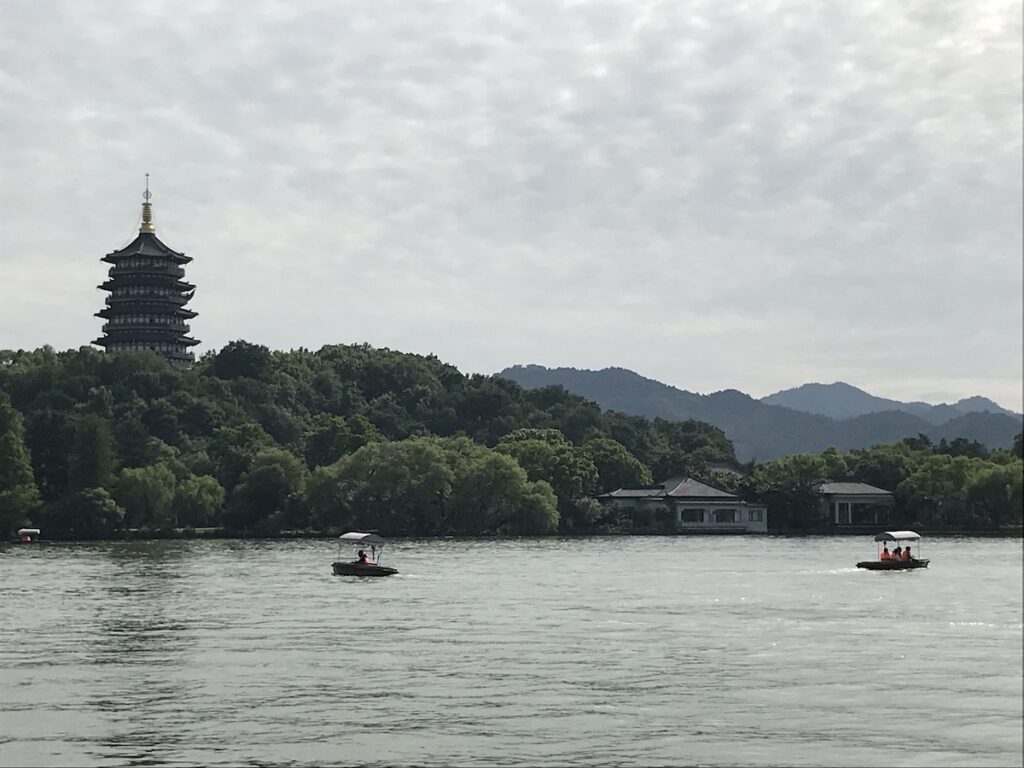
Hangzhou is served by Hongqiao, South and Shanghai railway stations. All of which are reached by numerous metro lines. You can get to Suzhou from the Hongqiao or Shanghai railway stations. If you don’t have a Chinese bank account (which you probably don’t) you can use Trip.com to buy your train tickets. Click this link and I’ll also receive a small commission.
So, there you go. If you only want to do ten things in Shanghai, those are the ten things you should do. All of them are great, and all are mostly easily accessible with the city’s fantastic metro system.
The city is vibrant, quirky and full of things to keep you from getting bored. I’ll have to write another post about some more off the beaten path things to do in Shanghai as well. In the meantime, you can always just get out wander the streets. Failing that, there’s always Disneyland.
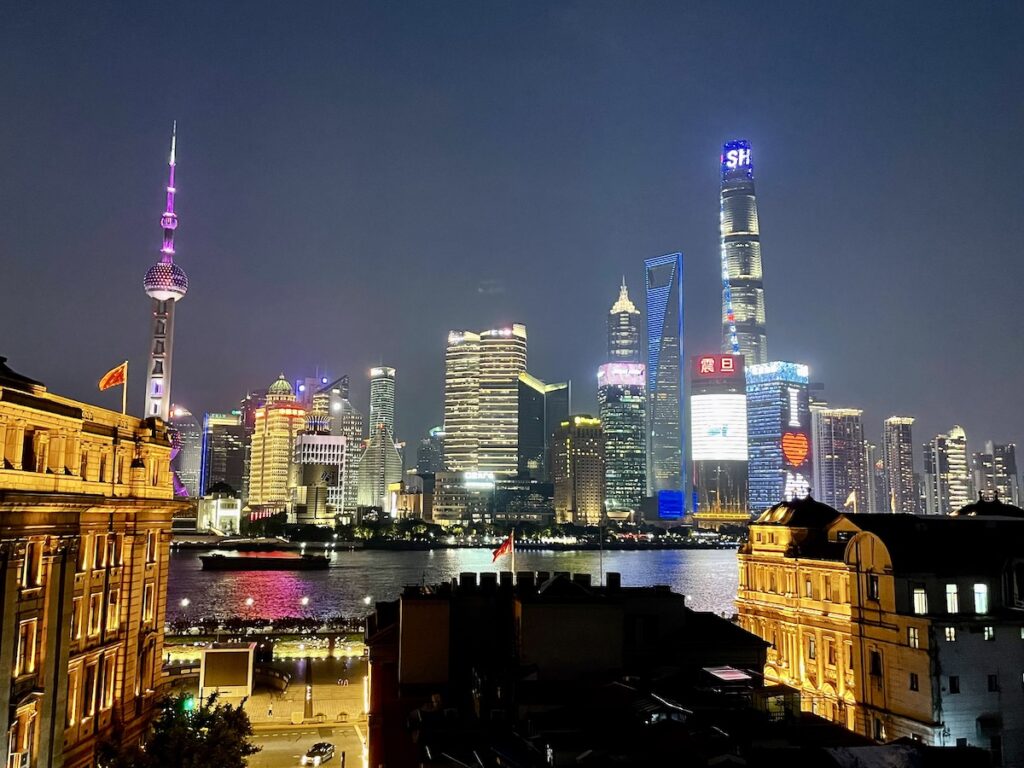
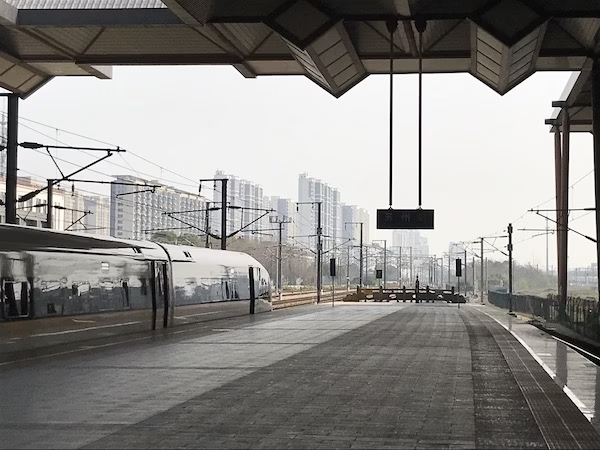
Need Train Tickets in China?
China’s high speed rail network is fast and efficient, but it’s difficult for non-Chinese citizens to get tickets. Fortunately, Trip.com makes buying train tickets as hassle free as traveling through China can possibly be. Click the link below to get your Chinese train tickets. If you buy your train tickets using the link, I’ll receive a small commission and you’ll feel good knowing you’ve helped out an independent blogger.

